The Autograph Keyboard Manuscript - El manuscrito autógrafo de tecla. Sinfonías I-VIII. Critical Edition
El manuscrito autógrafo de tecla. Sinfonías I-VIII. Critical Edition
-
Ships in 3 to 4 weeks
Details
Description
SKU: UT.HS-312
El manuscrito autógrafo de tecla. Sinfonías I-VIII. Critical Edition. Composed by José de Nebra. Edited by Luis Antonio González Marín. Paperback (Soft Cover). Classical. Score. Ut Orpheus #HS 312. Published by Ut Orpheus (UT.HS-312).ISBN 9790215327269. 9 x 12 inches.
In a few decades José de Nebra, previously almost completely unknown to musicians and amateurs - outside a narrow circle of connoisseurs -, has become one of the most appreciated Spanish composers in history. Famous and renowned during his lifetime, his music has been forgotten - except for one composition - for more than two centuries, but the publication of a certain number of editions of his music, especially theatrical and religious, since the 1990s has contributed to giving him back a preeminent role in the history of Spanish music and to providing him with a certain presence in concert programs and recordings.
As for Nebra’s keyboard music, which from the start was to be his main occupation, we have a sad panorama of scattered, late sources, and often of doubtful - if not erroneous - attribution, until the appearance and subsequent study of the manuscript to which the present edition is dedicated. This notebook was discovered in the Music Archive of the Cathedrals of Zaragoza. The content of the manuscript consists of a set of thirty-one pieces grouped in eight large works in several movements, which often depart somewhat from the Scarlattian sonata model so common in eighteenth-century Iberian keyboard music and which link with other traditions of keyboard music: the purely Hispanic (in some examples of great intentos or fugues, imitative compositions derived from the ancient tientos) and also other European traditions, such as the French, detectable in numerous dance movements. Nebra gives the name ‘sinfonía’ to two of these large-scale compositions in several movements, so that in this edition, respecting the name given by the author, the editor used such a name for the series of eight pieces, which could probably also have been called suites, ordres or even sonatas.
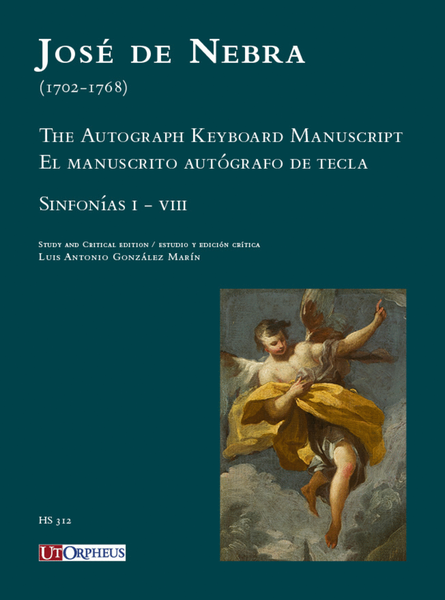
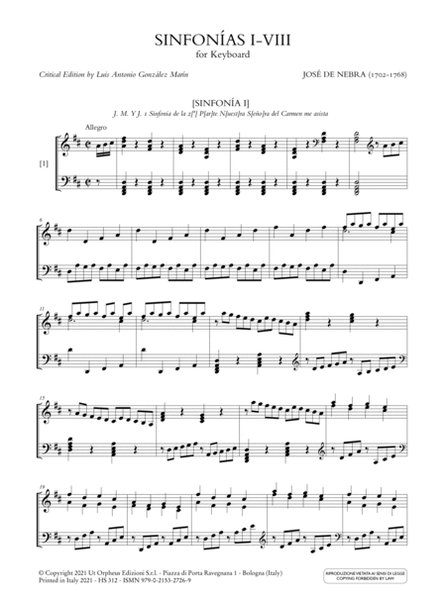
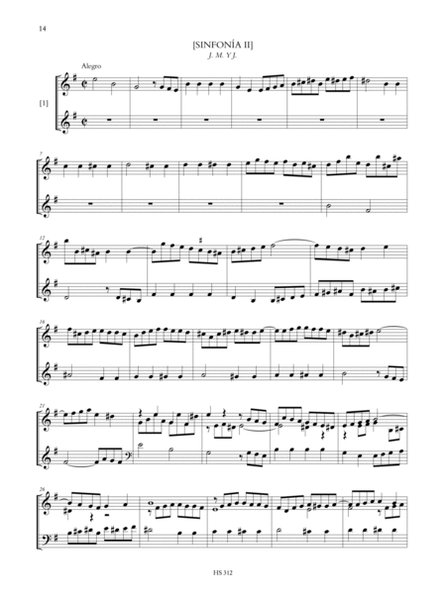
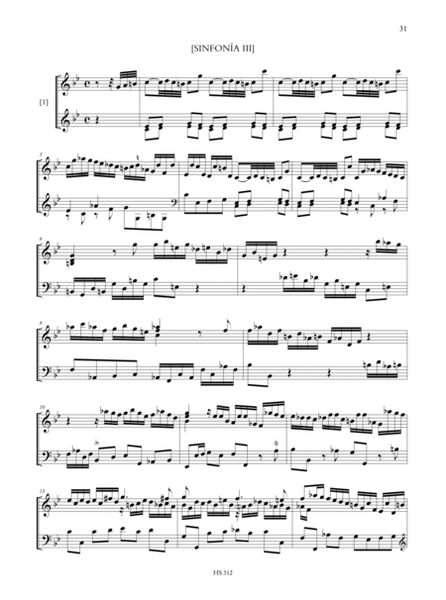
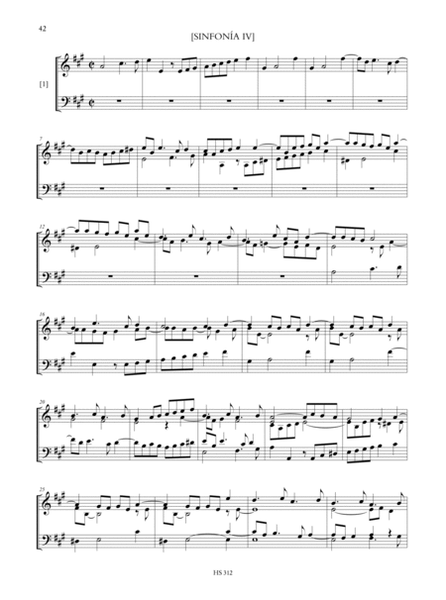
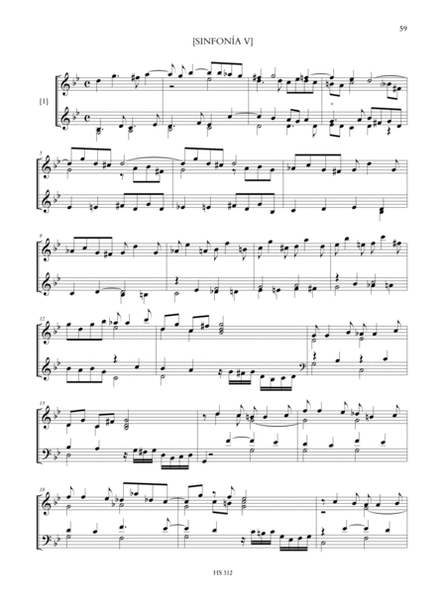
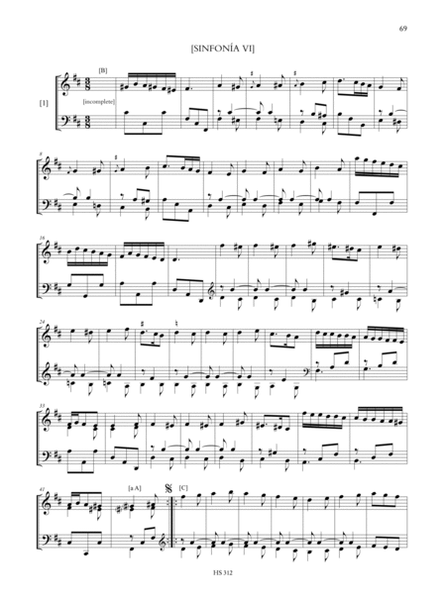
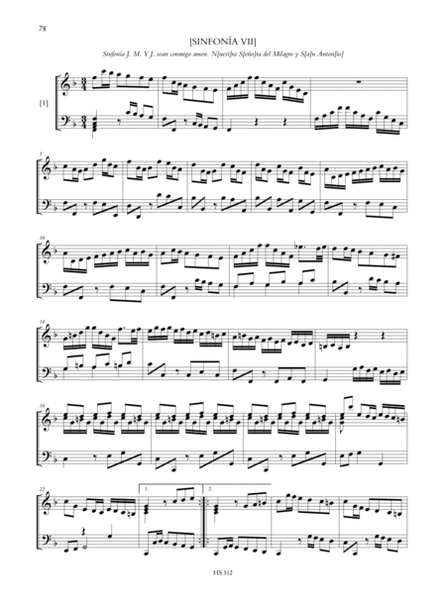
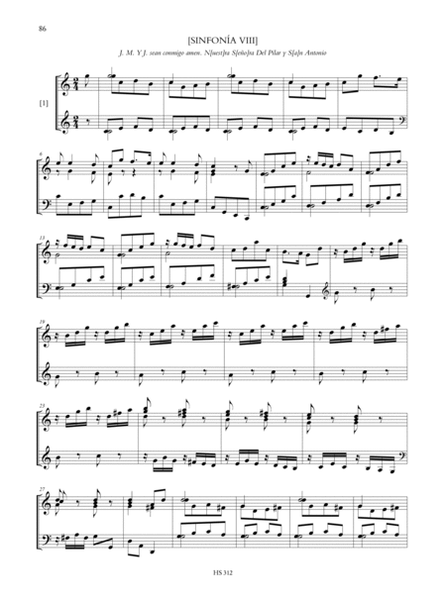
 Share
Share